Four Tips to Take Your Writing From Good to Great
Nick Govoni, Content Director
In a world of content overload, it’s imperative that your writing stands out among the rest. However, before you can turn your content into a work of art, you have to first make sure that it is accessible, comprehensible, and readable.
The first step, as always, is to simply be ready for the writing process. Most people – whether they realize it or not – already have a system in place, usually falling into stages of planning, organizing, drafting, and proofing/editing. However, instead of it being a linear string of events, writing typically ends up becoming a complex, sometimes messy, process of executing multiple steps at once or jumping between them as you go.
While there’s no definitive right or wrong way to go about writing, there can be a way to make the process more enjoyable – most commonly, it’s simply spending more time on the “big picture” rather than getting bogged down by the small, intricate details. Sure, grammar is important but there are a bountiful number of tools available to take care of the clean-up once your narrative is "on paper.” Don't let those pesky commas get in the way of your flow (to Oxford comma or not... that's a debate for another time!).
Great writing, on the other hand, involves a mastery of the fundamentals. Below are four writing tips that even the most seasoned professionals can benefit from:
Write with a goal
What do you want to accomplish? Are you informing, persuading, exploring, or something else? Maybe it’s as simple as bringing awareness to a topic, a product, or a brand. No matter what your goal is, this is the first step – and the second, and the third, and so on. The intention behind the piece should show itself in every step of the writing process and every sentence you write. The tone, format, and overall content should relate back to your goal and work to accomplish it. With a clear intention set, a strongly written piece will follow.
Appeal to your audience
With a defined goal comes a target audience. Who are you talking to? Where do they come from, what do they know, and what are they trying to find out? This, also, should be a continuous question as you work through the stages of writing. Your audience defines how simplistic or complex your wording should be, how much background information you need to include, and how perceptive your writing will be for the audience’s interaction. Whatever writing style you choose to utilize should be accessible to your audience, allowing them to fully comprehend the piece and come away with something gained - a lesson learned, a desire to act, etc. - instead of glossing over or worse, have it come across as self-indulgent.
Keep it clear and concise
No matter the audience’s level of reading comprehension, it is important to steer clear of confusing, wordy sentences. Using unnecessarily long words, superfluous phrases, and complicated sentence structures causes readers to needlessly struggle and lowers the readability of your work. To encourage interaction, write with simplicity. Avoid redundant words or phrases, and keep repetitive topics to a minimum; try varying your sentence structure, writing in the active voice, and staying away from overly technical terms.
Be open to change
As you move through the writing process, it’s likely that at least one aspect is going to change. As you go from planning to drafting, you may notice that one of your initial points is no longer needed, or you’re missing something essential to the piece. The stages of writing are fluid, so if you need to change your outline in the middle of drafting, you can! The final product will be better because you did. When you’re in the proofing and editing stage, try reading out loud to catch any odd-sounding or confusing language, and get a second (third and fourth) pair of eyes on it to spot something you didn’t. Part of what makes great writers great is being able to work together to transform good ideas into even better creations.
In Summary
Anyone can write, but not everyone can tell a great story. Get these foundational processes down and you’ll be well on your way to connecting with your audience in a meaningful and mutually beneficial way. You’ve just got to put pen to paper and let the magic happen.

